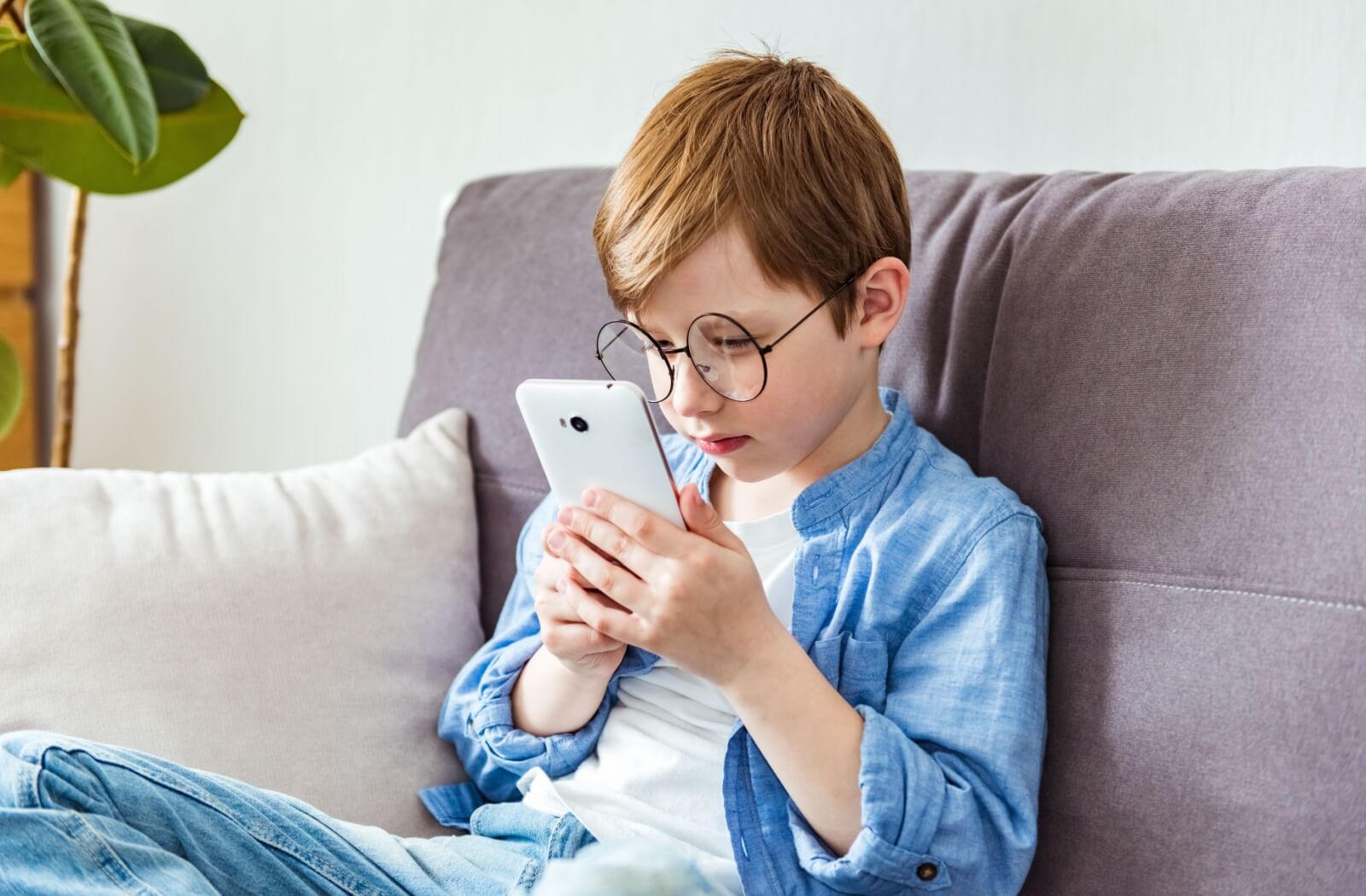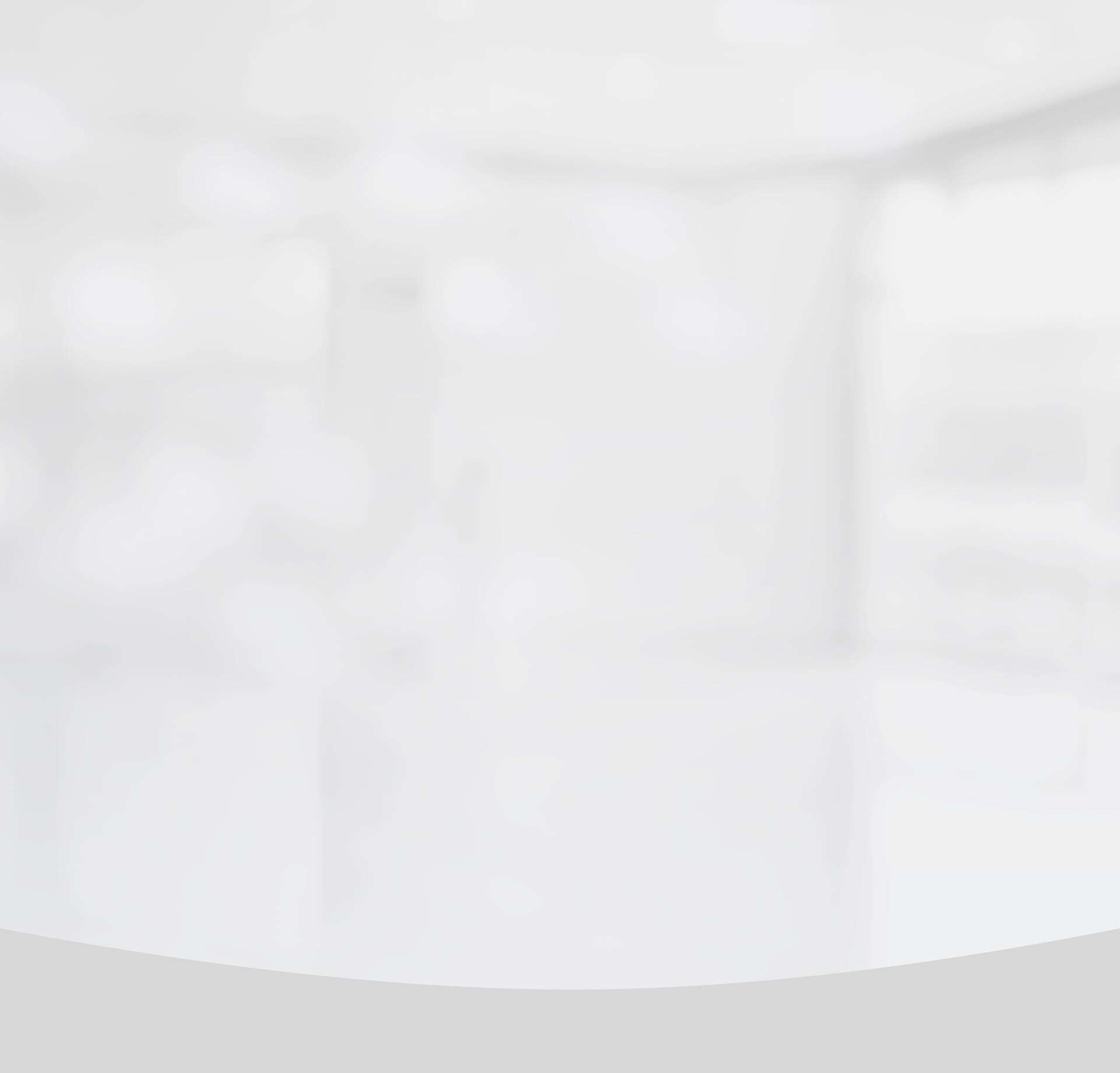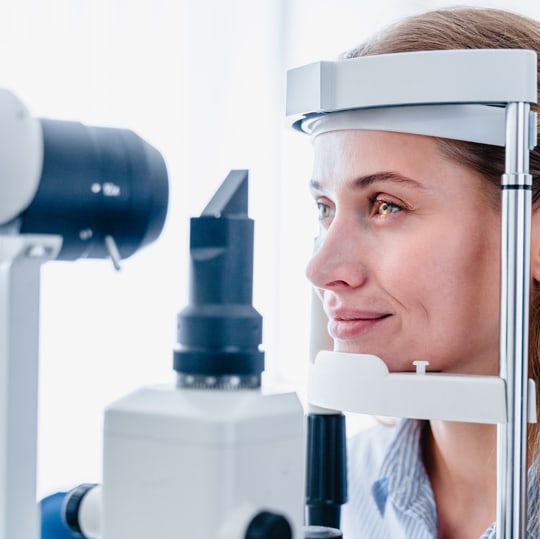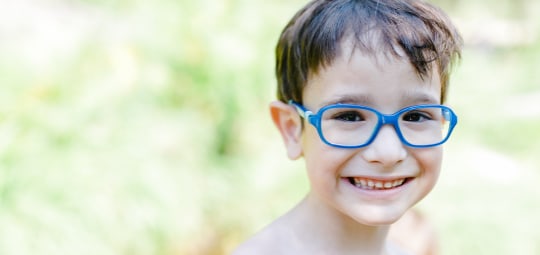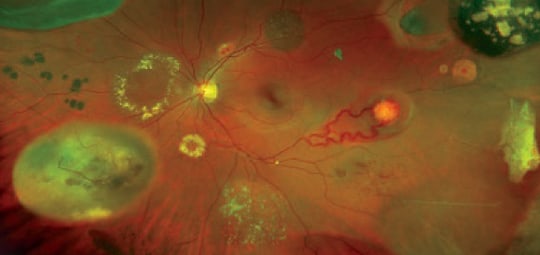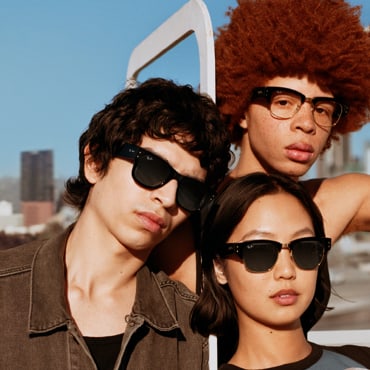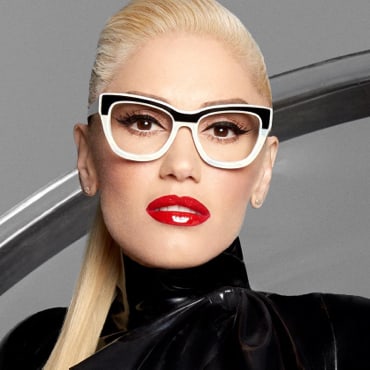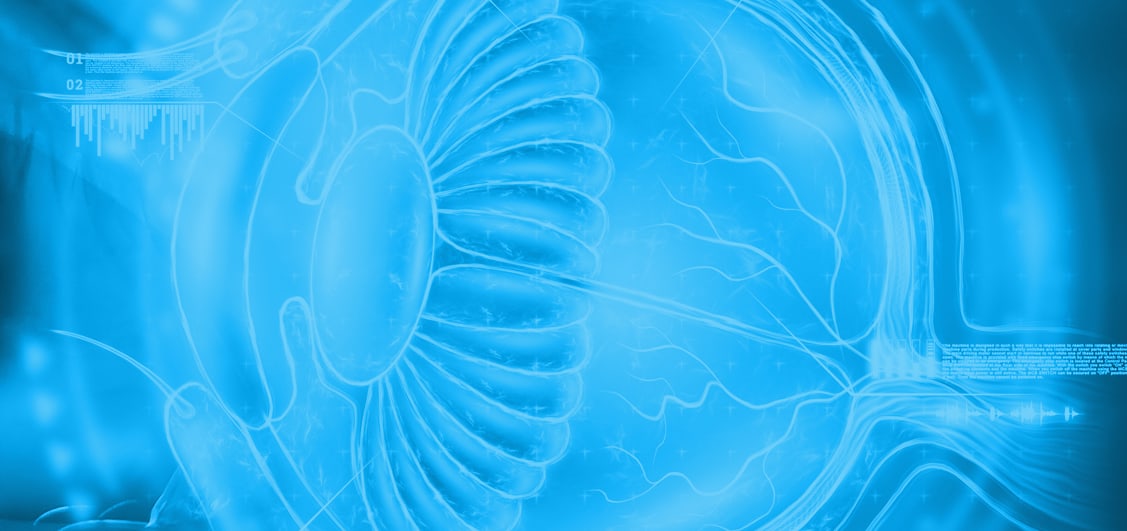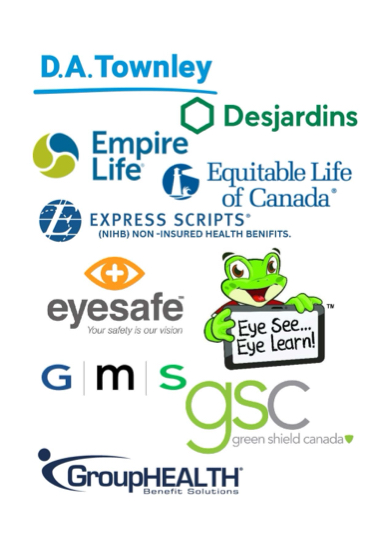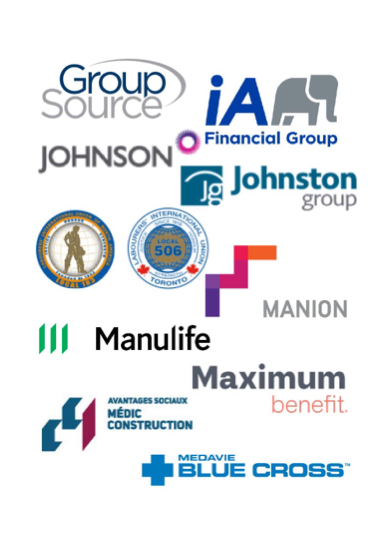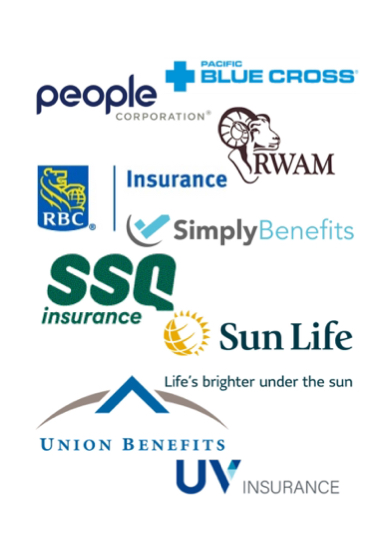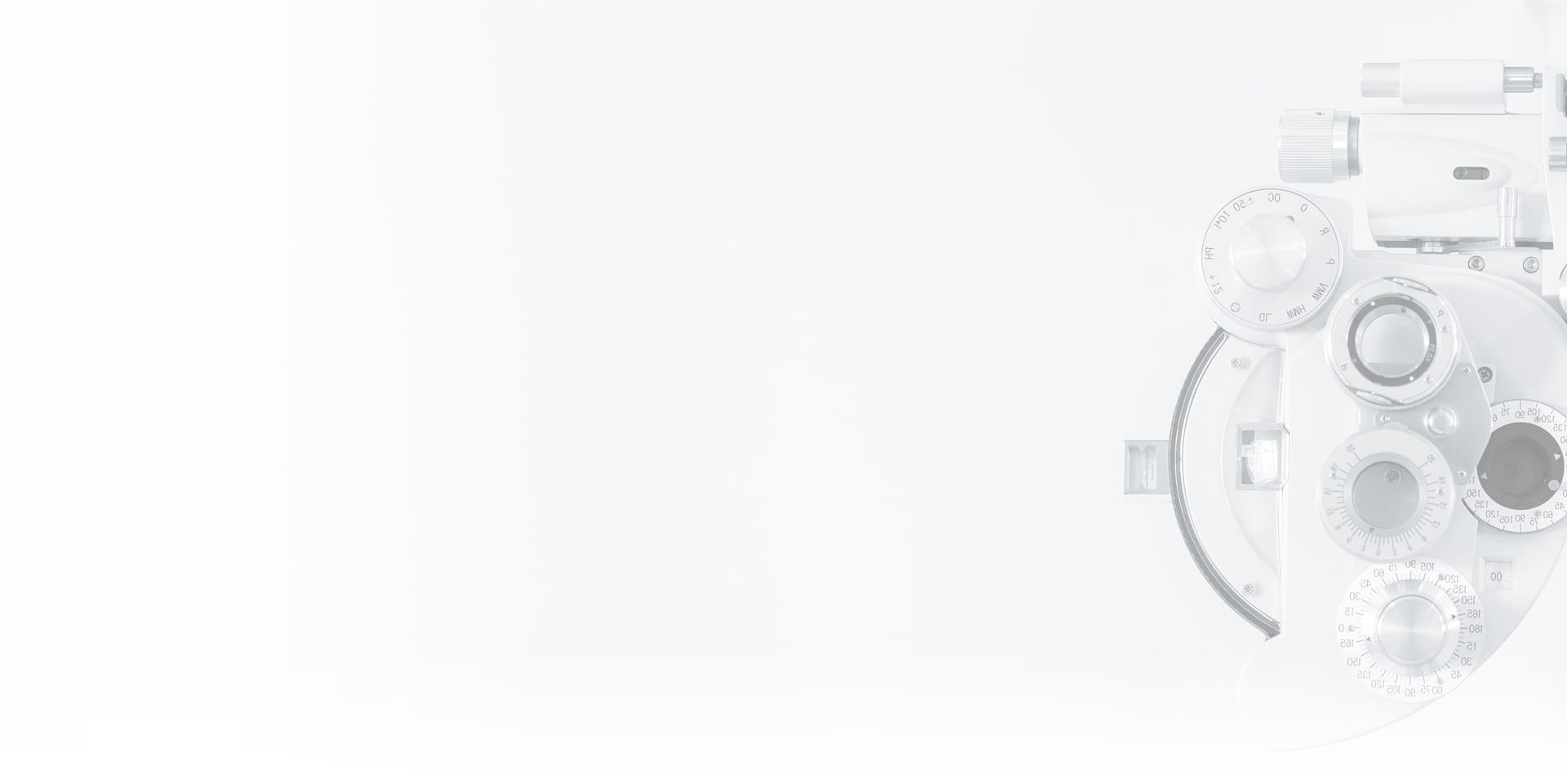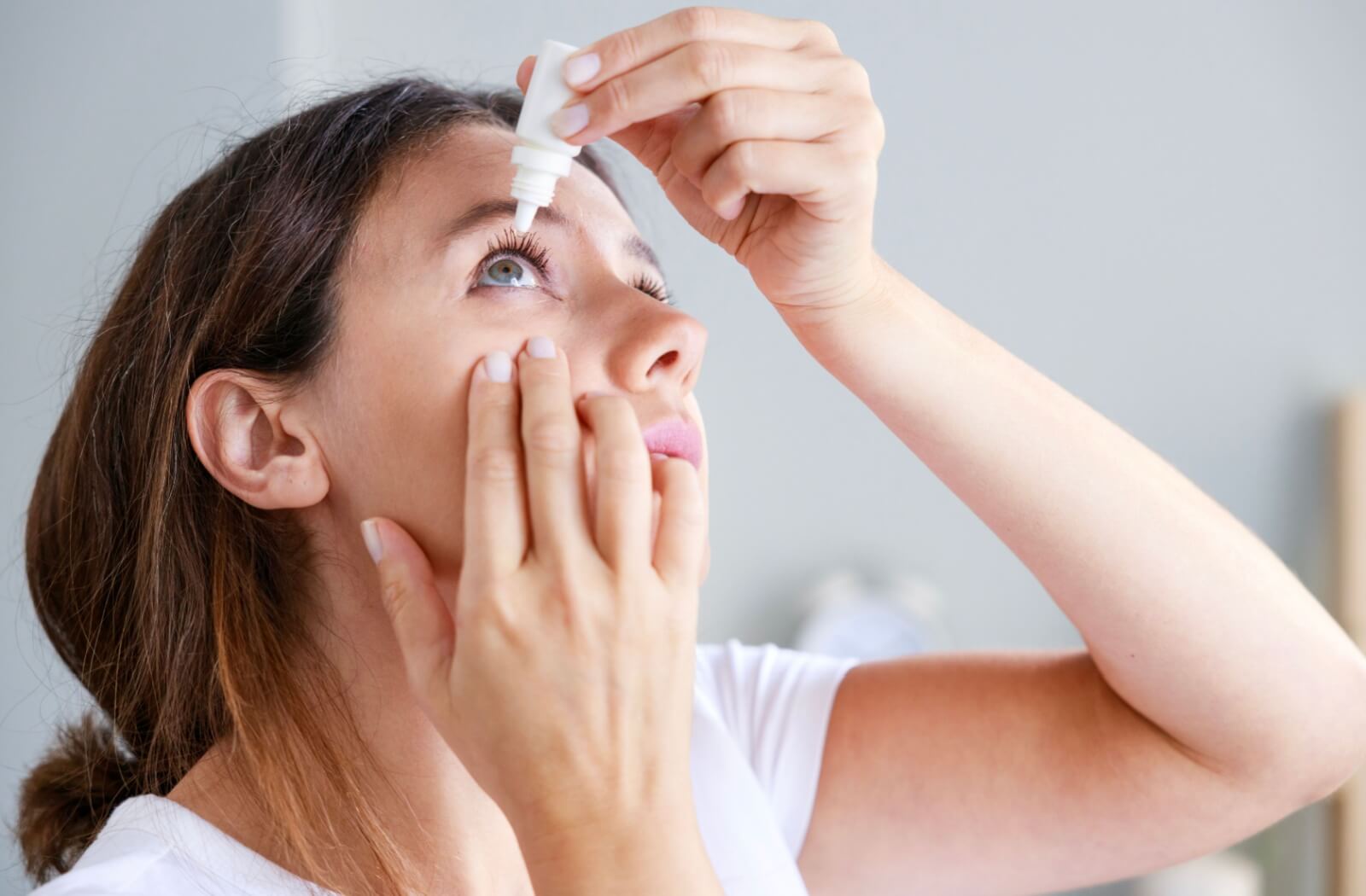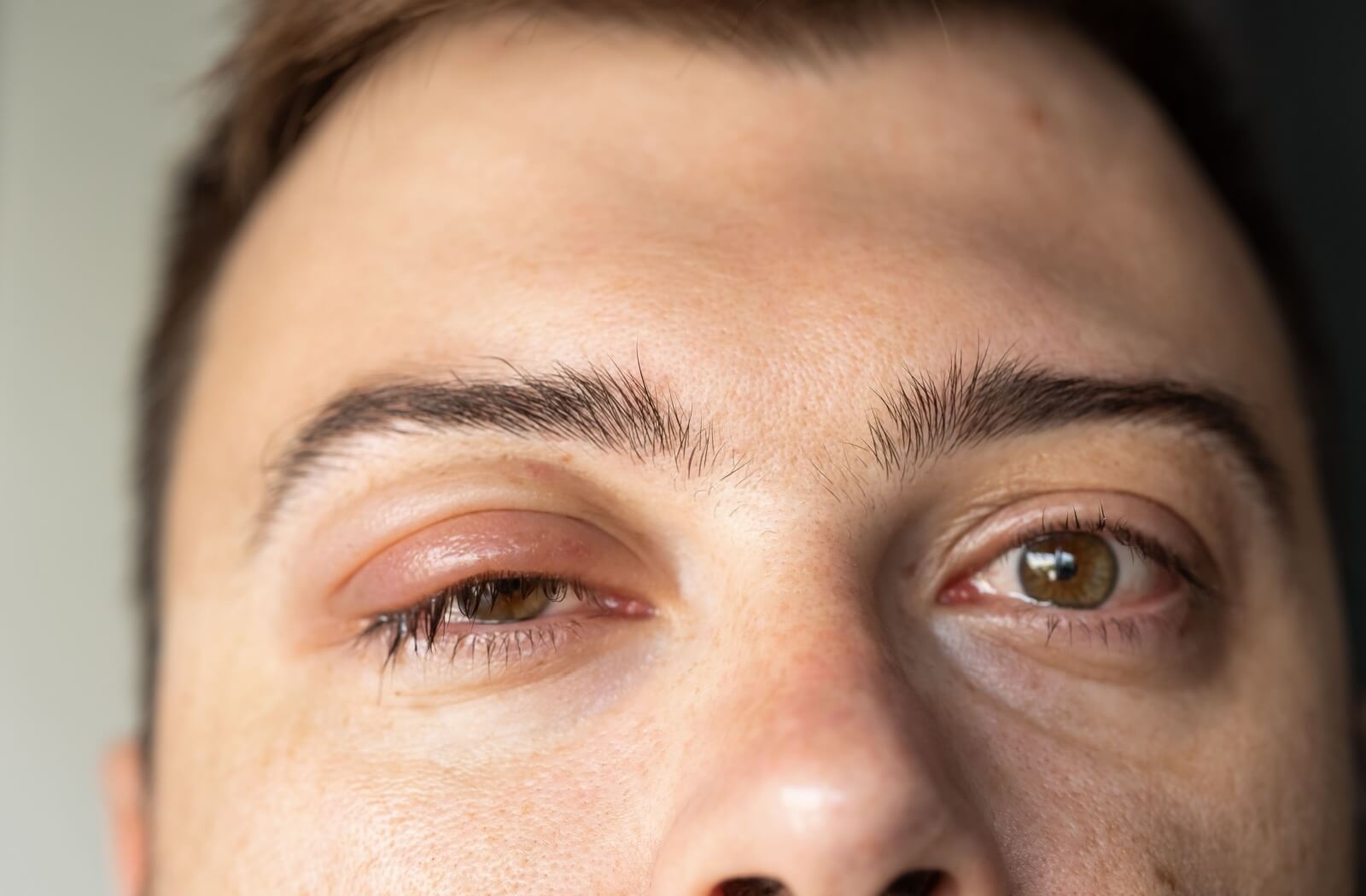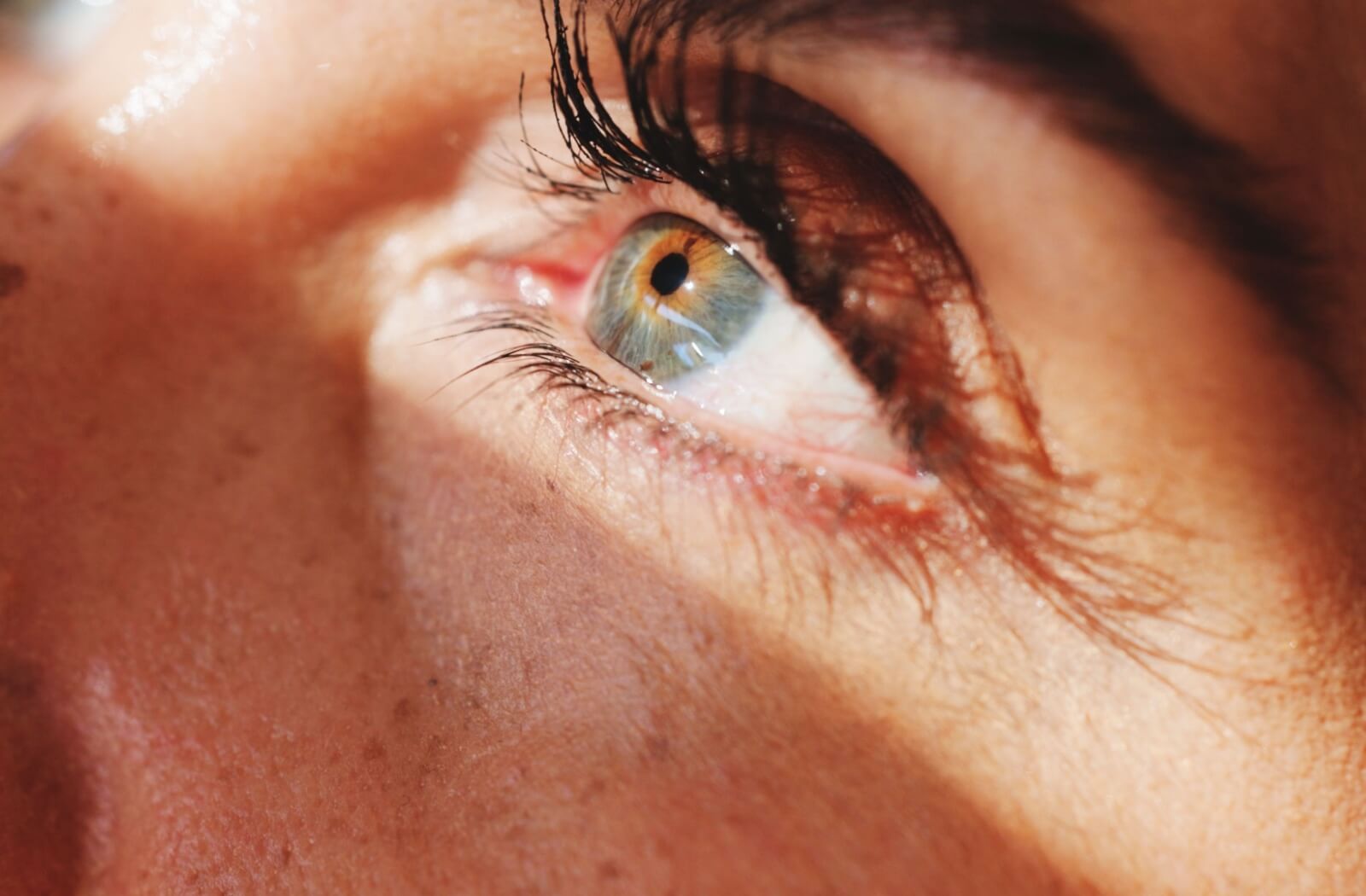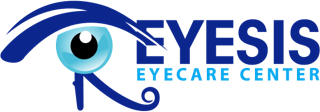Protecting your child’s vision starts with a proactive approach. Myopia, or nearsightedness, isn’t just about needing glasses—it can increase the risk of eye conditions later in life, such as macular degeneration and retinal detachment.
That’s why myopia control is gaining attention, with contact lenses designed to correct vision and help slow the progression of nearsightedness by altering how light focuses on the retina, signaling the eye to slow its growth. These lenses offer a promising treatment for parents looking to safeguard their child’s long-term eye health.
This blog explores how myopia control contact lenses work, the different types that are available, and why they’re worth considering for your child’s vision care.
What Are Myopia Control Contact Lenses?
Myopia control lenses are specially designed contact lenses that aim to slow the progression of myopia in children and teens. They offer more than a clear vision treatment–these lenses target the underlying mechanics that cause myopia to worsen over time.
Peripheral defocus, or the way light focuses on the retina, is a significant factor in the progression of myopia. Standard contact or glasses lenses focus light on the central retina for sharp vision but can push peripheral light behind the retina (known as hyperopic defocus). This signals the eye to elongate, worsening nearsightedness. Myopia control lenses address this by altering the way peripheral light is focused to slow eye growth, helping to combat the progression of myopia.
How Do Myopia Control Contacts Lenses Work?
Myopia control lenses work by manipulating peripheral focus, which reduces the stimuli that encourage excessive eye growth. Here’s how it works: The lenses have a clear central focus zone for sharp vision, surrounded by a special ring that directs light forward, keeping it closer to the retina. This helps slow eye growth, which is the main cause of myopia progression.
Eye care specialists often combine these lenses with regular eye exams and other treatments like atropine drops to develop a well-rounded myopia management plan.
Types of Myopia Control Lenses
There are several types of myopia control lenses tailored to different needs and lifestyles. Below are the main ones to consider.
Soft Contact Lenses
Soft daily-disposable myopia control lenses, such as MiSight® 1 Day lenses (FDA-approved) and Abiliti® 1-Day lenses, feature concentric rings that provide sharp central vision while altering peripheral focus to slow myopia progression.
These lenses are a convenient option for active children since they require no cleaning or regular maintenance. Instead, they are to be replaced daily, keeping them fresh and hygienic.
Orthokeratology (Ortho-K)
Ortho-K lenses are worn overnight to gently reshape the cornea while sleeping, allowing kids to enjoy clear vision throughout their day without the need for glasses or contacts. Aside from offering freedom from daytime lenses, Ortho-K is considered a great option in targeting myopia progression, thanks to the hyperopic defocus created by its design.
Atropine Drops
Atropine eye drops are a non-invasive option for slowing myopia progression. Often prescribed alongside contact lenses or glasses, these drops work by reducing the elongation of the eye. They’re typically applied before bedtime and are used as an additional measure for managing myopia.
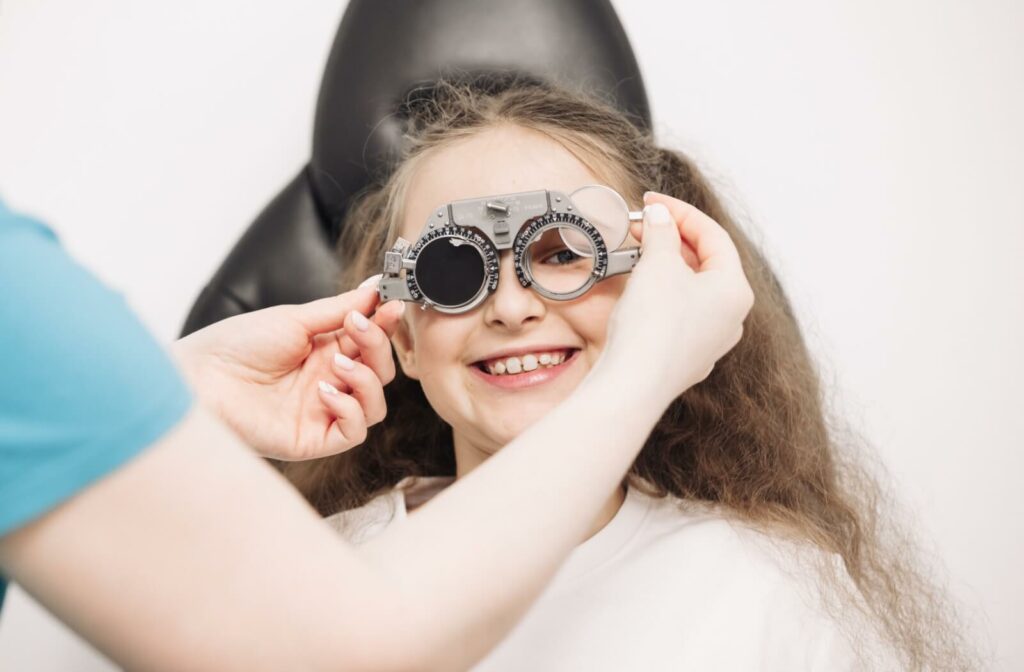
The Benefits of Myopia Control Contact Lenses
Here are some of the benefits that can come from contact lenses for myopia:
- Slowing myopia progression: The goal of myopia control lenses is to slow the rate of progression, reducing the risk of eye complications like retinal detachment, glaucoma, and macular degeneration.
- Improved quality of life: Managing myopia can help a child’s confidence and lifestyle. With less reliance on glasses, children have been shown to focus better during schoolwork and sports.
- Customized for every child: With options ranging from daily disposable lenses to overnight Ortho-K, there’s a myopia control treatment for every lifestyle.
- Reduced eye strain and fatigue: Myopia control contact lenses can help reduce eye strain caused by excessive near work, such as reading or screen time, making daily activities more comfortable.
Tips for Maintaining Long-Term Eye Health
While choosing the right myopia control treatment is wise, maintaining eye health goes beyond lenses. Here are some additional tips for supporting your child’s vision:
- Encourage outdoor time: Studies show that spending more time outside can reduce the risks of developing myopia.
- Limit screen exposure: Reducing prolonged staring at devices can help slow myopia progression.
- Keep up with regular checkups: Make sure your child has regular eye exams to track myopia progress and adjust their treatment plan as needed.
- Stay committed: Consistency in using myopia control treatments is key to achieving long-term results.
Learn More Today
Taking action now can help protect your child’s vision for the long term. Whether you choose MiSight lenses, Ortho-K lenses, or atropine drops, early intervention is needed.
At Eyesis Eyecare, we’re passionate about providing knowledgeable, personalized care that empowers your family. Schedule an appointment with us today and give your child the gift of a healthier, clearer future.


